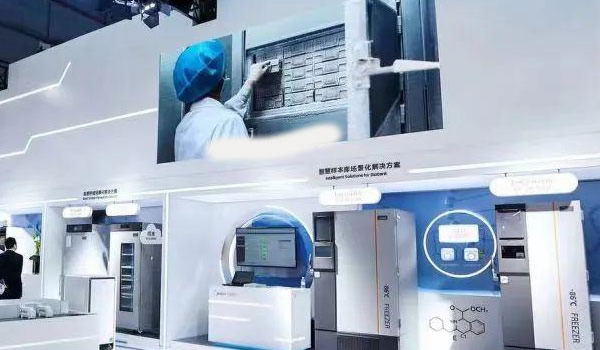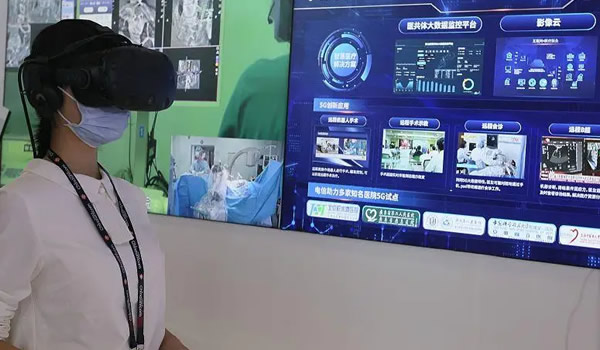Breast cancer has overtaken lung cancer as the most common cancer among women worldwide, and Asia bears a significant share of the burden. Rising incidence, earlier onset, and cultural barriers to screening complicate outcomes in many Asian countries. This article reviews breast cancer treatments in Asia—surgery, hormonal therapy, chemotherapy, radiation, and advanced targeted therapies—highlighting regional challenges and progress.

Breast Cancer in Asia: Epidemiology
- Global figures: Over 2.3 million women diagnosed annually, with more than 680,000 deaths.
- Asia’s burden: Rapidly increasing incidence in China, India, and Southeast Asia.
- Unique factors: Earlier onset (often in women under 50). Late-stage diagnoses common due to low screening rates. Cultural stigma affecting awareness and treatment.
Surgery: The Cornerstone of Treatment
1. Breast-Conserving Surgery (Lumpectomy)
- Removes the tumor while preserving most of the breast.
- Often combined with radiation therapy.
2. Mastectomy
- Complete removal of breast tissue.
- Still widely performed in Asia due to late-stage detection.
3. Reconstructive Surgery
- Growing availability in urban centers.
- Expanding demand for post-mastectomy quality-of-life improvement.
Trends in Asia:
- Japan, South Korea, and Singapore have advanced reconstructive surgery programs.
- India and Southeast Asia still face affordability and access challenges.
Radiation Therapy
- Standard part of breast-conserving therapy.
- Advanced techniques (IMRT, proton therapy) available in Japan and South Korea.
- Limited access in low-income regions; rural patients often underserved.
Chemotherapy
- Used in early-stage high-risk cases and advanced breast cancer.
- Standard regimens: anthracyclines, taxanes.
- Side effects (hair loss, nausea, fatigue) remain significant barriers to adherence.

Hormonal Therapy
Estrogen Receptor (ER) Positive Breast Cancer
- Tamoxifen: Widely available and cost-effective.
- Aromatase Inhibitors (anastrozole, letrozole, exemestane): Standard for postmenopausal women.
Ovarian Suppression
- Used in younger women with hormone-positive breast cancer.
- Surgical removal or medications (GnRH agonists).
Targeted Therapies: A Revolution in Asia
HER2-Positive Breast Cancer
- Trastuzumab (Herceptin): Game-changer for HER2+ cases.
- New agents: Pertuzumab, trastuzumab emtansine (T-DM1), trastuzumab deruxtecan (T-DXd).
- Cost barriers in low-income countries; generics improving access.
CDK4/6 Inhibitors
- Palbociclib, ribociclib, abemaciclib combined with hormonal therapy.
- Expanding use in hormone-receptor positive, advanced breast cancer.
PARP Inhibitors
- Effective in BRCA-mutated breast cancer.
- Growing clinical adoption in Asia as genetic testing expands.
Regional Insights
- China: Rapidly rising incidence; strong government focus on screening and drug access.
- India: High mortality due to late-stage detection; cost-effective generics improving drug access.
- Japan & South Korea: Advanced early detection, access to cutting-edge therapies.
- Southeast Asia: Screening remains low; breast cancer mortality disproportionately high.
- Middle East: Cultural stigma delays diagnosis; awareness campaigns expanding.
Supportive and Integrative Care
- Psychological support and counseling for patients and families.
- Diet and lifestyle programs for recovery and recurrence prevention.
- Complementary therapies (yoga, TCM, Ayurveda) widely used in parts of Asia as adjuncts.
Future of Breast Cancer Treatment in Asia
- Precision Medicine: Genetic profiling for individualized treatment.
- AI in Imaging: Enhancing early detection and reducing diagnostic delays.
- Liquid Biopsies: Non-invasive monitoring of recurrence and drug resistance.
- Affordable Biosimilars: Expanding access to expensive targeted drugs.
- Community-Based Screening: Mobile mammography units in rural Asia.

Conclusion
Breast cancer is a growing women’s health crisis in Asia, but advancements in surgery, hormonal therapy, targeted drugs, and supportive care are improving survival. The key challenge remains early detection and equitable access.
The future lies in precision oncology, affordable biosimilars, and AI-driven early diagnosis, combined with strong public health programs to ensure that women across Asia receive timely, effective, and compassionate breast cancer care.